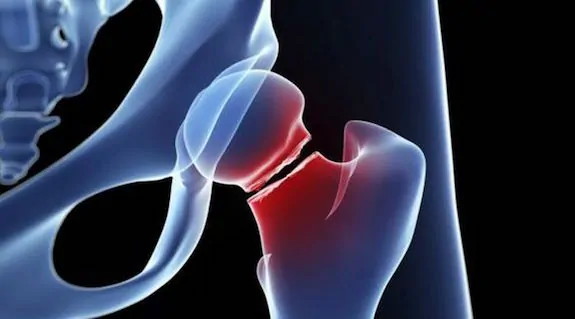
Can Insurance Cover Laser Hair Removal for PCOS?
In the realm of beauty and self-care, laser hair removal has emerged as a popular choice for eliminating unwanted hair. While its effectiveness is widely acknowledged, questions surrounding its financial







